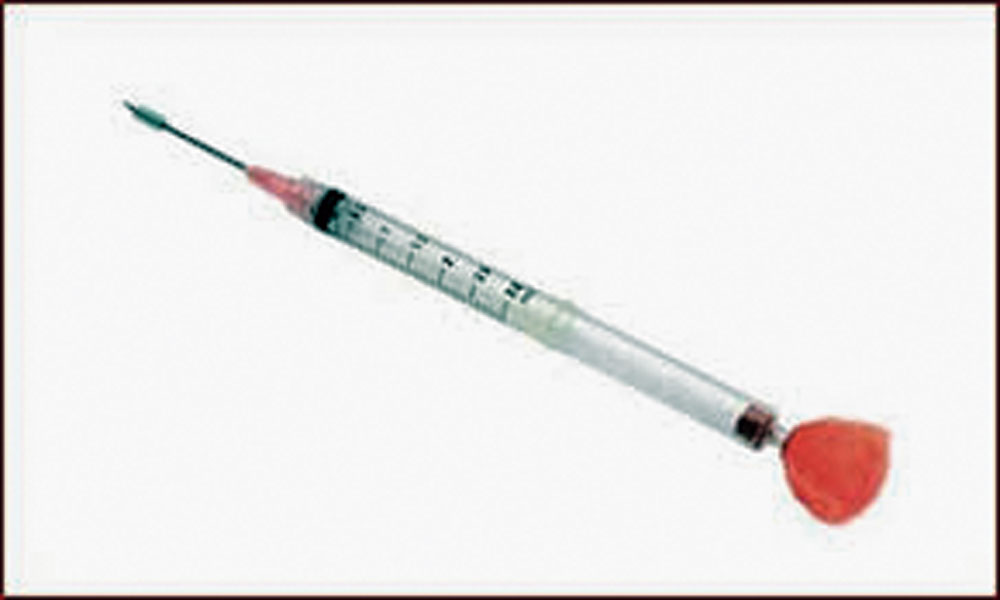Biswajit Mohanty, a former member of the National Board for Wildlife, explains the process and problems of tranquillising a big cat:
A special gun, which is meant to fire only tranquillising darts, is needed to sedate an animal.
The dart contains a small metal syringe-kind of canister that is filled with the tranquillising agent. The dosage of the sedative is adjusted according to the type and bodyweight of the animal.
Apart from head, any body parts can be targeted for shooting the dart. Sometimes one needs to shoot twice if the first dose does not yield the desired result. This happens mostly if the shooter misjudges the bodyweight of the animal.
When the dart hits the animal, it sticks to it for at least 30 seconds before making any impact. When the animal lies down, it is inspected by a trained veterinary expert. The expert checks for the animal’s pupils, heart rate and other vital signs before caging it.
The effect of the sedation usually lasts for an hour. The animal may need a second dose of the sedative once the effect of the first dose is over. But injecting a second sedative is usually not a difficult task as the animal is already caged or trapped.
The shooting is usually done by a veterinarian only. Rarely, a trained forest official can also shoot tranquillising darts. But, the presence of a veterinarian is a must to check the animal’s health and confirm whether the tranquillising chemical has made the desired effect.
The operation is very risky, because if a human gets hit by the dart even during loading it on a gun, there is a high chance of fatality.
The most common tranquillising agents are ketamines. They are all imported.
Shooting at a tiger
The best place to shoot a tranquillising dart at a tiger is from the back of a trained elephant, as the jumbos can go very close to a tiger. Another advantage to use the elephant for the operation is that elephants can venture into almost any terrain — deep forests or hilly regions. Plus, the elephant back gives the shooter a good height to aim and shoot.
Tigers are generally not scared of elephants, but jumbos are scared of tigers. However, trained elephants are not.
From the foot, it is almost impossible to shoot at a tiger. Because with a dart gun, the shooter needs to go close to a tiger. Darts are heavy and cannot travel a distance like a bullet. A tranquillising dart can fly maximum 60ft to 70ft, whereas a bullet can fly 100 feet or much beyond.
The problem at Satkosia
At Satkosia, there are no trained elephants, which is making the operation difficult. So, the foresters are trying to shoot at Sundari from machans (makeshift pads on treetops). In Odisha, such trained elephants that can be used for tranquillising tigers are available only in Similipal, about 300km away from the Satkosia Tiger Reserve.
Forest officials tried to bring along the trained elephants to Satkosia a few months ago. But they had to give in in the face of opposition from Similipal residents, who were not ready to let the elephants go from their area.











